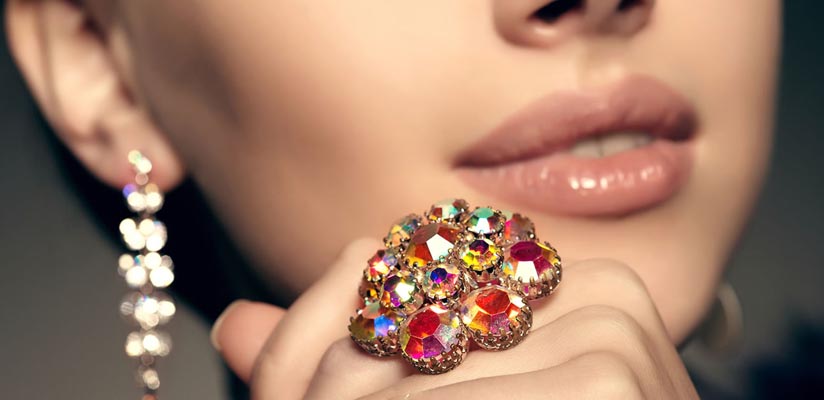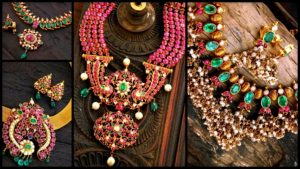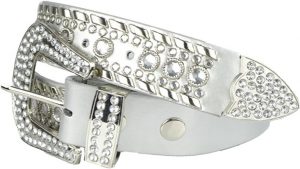
Many people who collect vintage jewellery want to know how to spot genuine pieces from reproductions. You have probably seen plenty of ads for fake vintage jewellery on the television, in magazines and on the internet. How do you distinguish an authentic vintage piece from a reproduction? Here are some tips that can help.
Vintage jewellery should be priced correctly.
It is easy to get carried away when bidding online or at auctions. Make sure you know what the going prices are for the particular piece you are interested in. Do not be tempted to bid just because it is a popular item. Sometimes the items are sold so fast online that the auction house has a rush order system. If you see a price that looks too good to be true, then it probably is.
When looking at jewellery, it is important to remember that antiques are not as commonly available today as they once were. As a result, older pieces will tend to be more expensive than modern pieces. If you plan to wear the jewellery you purchase, make sure it fits well. It is tempting to try to fit a modern piece into an older design, but this is not always a good idea. You may end up with a shabby chic piece that is not very attractive.
Vintage jewellery should ideally be a part of a set.
This means that if you are purchasing a vintage brooch, necklace or earrings, you should also buy the matching earrings or a bracelet. If you are buying several similar pieces, make sure they go together properly. Vintage jewellery will look shabby and unimpressive if all the pieces do not match.
Vintage jewellery is made from different precious metals. The weight of the metal will influence its price. Try to choose a piece that is as near to the weight of your current piece as possible. Sterling silver jewellery is the most common option, although gold and platinum are also great options. It is important to consider how the metal will react with the light. The heavier the piece, the more it will tarnish.
You need to consider whether the piece you are considering has been crafted carefully, or whether it has been poorly made by someone who does not have a great deal of experience. Many people get their jewellery made in other countries, but you should still check it out before you buy. Jewellery can be made from many different materials. For example, beads can be made from glass, stone, crystal, porcelain and even wood. Some antique jewellery can also be created from gold and silver.
The craftsmanship of the piece of antique jewellery you buy is an important aspect.
Be sure to examine all of the stones and crystals included in the piece closely. If there are any missing pieces, such as cabochons, do not buy the piece until you are positive the missing piece is complete. In some cases, some of the cabochons may have been heat-treated, and this can have an affect on the finish on the jewellery. Many companies will provide you with detailed information about the finishing processes used.
Another aspect of antique jewellery that you need to investigate is the provenance of the piece. This is something you should learn before you buy any jewellery. If you are purchasing this jewellery for someone else, you should find out where the piece came from. For example, if you were given an antique piece by a loved one, you should ask the history of the item. The jewellery may have been passed down through generations, or it could be that the maker of the jewellery is simply a family name that has kept its secrets for many years.






